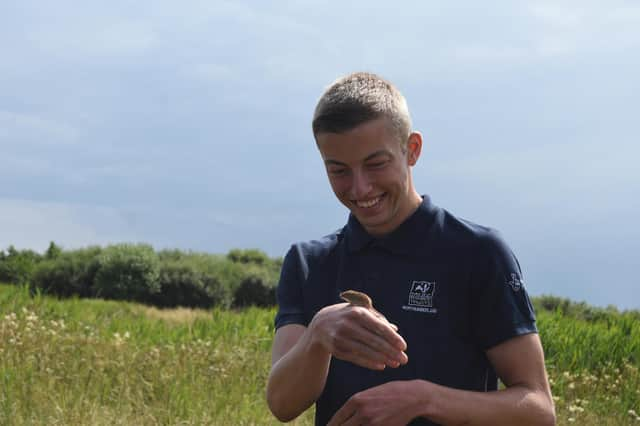Release of more mice at nature reserve in Northumberland


Undertaken as part of the wildlife charity’s Catch My Drift project, the release has been made possible thanks to a large private donation and further reinforces what is one of the few harvest mouse colonies north of the River Tyne.
The 185-hectare reserve, which is a haven for birds and other mammals, will hopefully prove a successful breeding ground for the cute animals that weigh the same as a 10p coin.
Advertisement
Hide AdAdvertisement
Hide AdThe East Chevington site with its extensive reed beds provides a suitable habitat for the mice, which build distinctive circular grass nests on tall plants 3ft from the ground.
Joel Ireland, Catch My Drift project trainee, pictured with a harvest mouse, said: “It’s great that we have been able to release another 100 harvest mice onto the East Chevington reserve, so fingers crossed the project will be able to create a stronghold in Northumberland for this wonderful mammal once again.
“Although part of the wider Catch My Drift project, the release itself has been funded by a generous private donation.”
The Catch My Drift scheme at East Chevington is a three-year initiative backed by £418,000 from National Lottery players, via The National Lottery Heritage Fund, to improve the reserve’s habitats, species numbers and upgrade access to the Druridge Bay site.
One of 46 wildlife trusts across the UK, Northumberland Wildlife Trust has campaigned for nature conservation for 50 years.